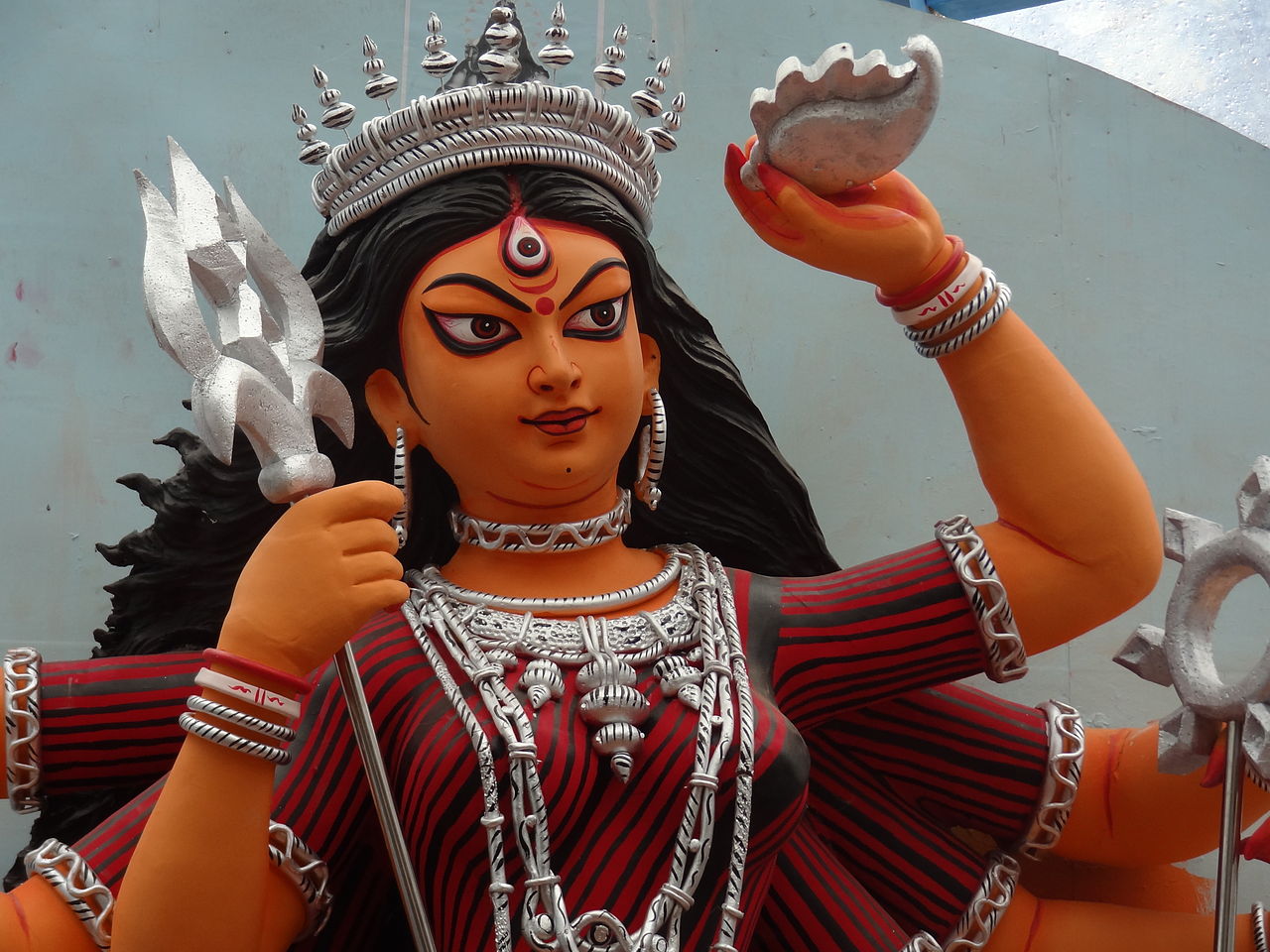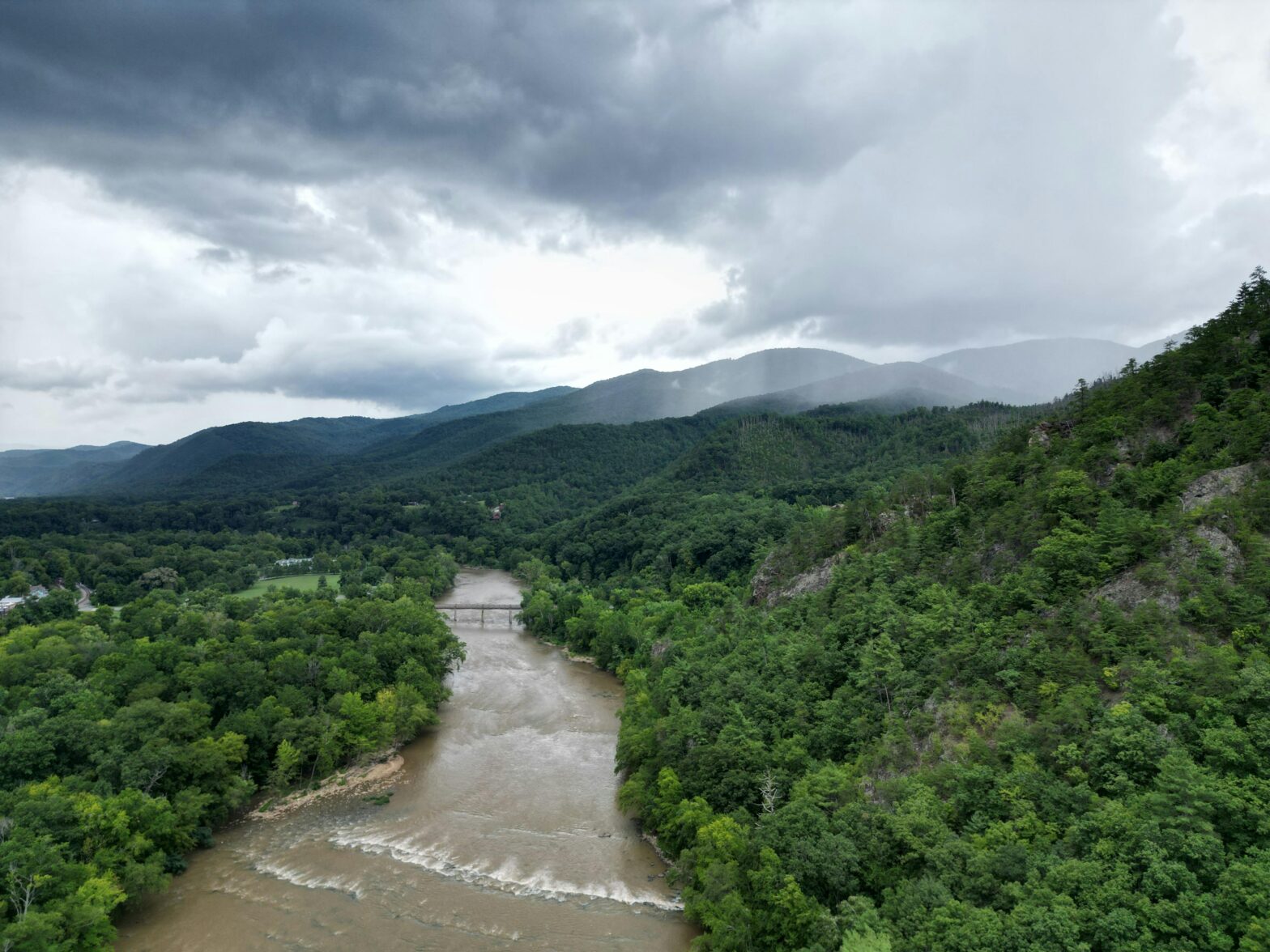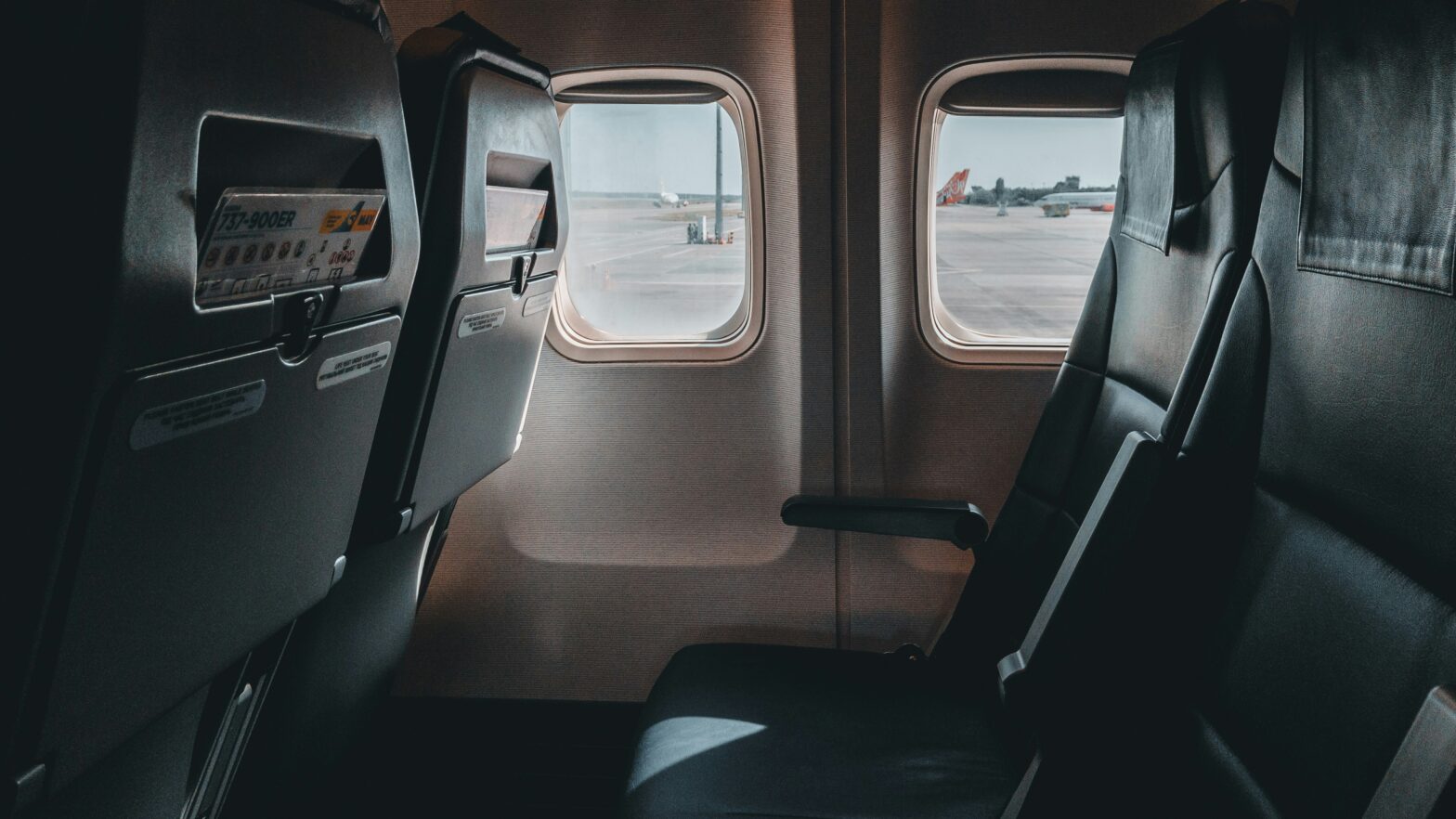When picturing someone who practices Hinduism, a religion that originates in India, it’s easy enough to believe that everyone who practices the philosophy is Indian. Not always. A couple of years ago, the grassroots advocacy group CoHNA organized a conference called “Diverse Voices in the Hindu Fold” during Black History Month, featuring black women discussing how they found this faith.
“Some people will say, ‘You’re not Indian though,’” one participant Adrinna Nelson, who is from Cleveland, Ohio, said about the reaction she gets as a Black woman who practices Hinduism. “How I navigated that was through education, through educating others that I came across whether it was about the faith, my identity, how I came to learn about the faith and be a part of it.”
These Black women challenging the stereotype of who practices this world religion is one of many reasons to consider participating in the annual Navratri Festival. You never know who you might see in attendance, especially with its 1 billion followers.
When Is the Navratri Festival?
The Navratri Festival is held in honor of “the divine feminine” (i.e., celebrating Maa Durga’s victory over the demon Mahishasura). Occurring over the span of nine days during the month of Ashvin, according to the Hindu calendar (occurring from October 3-12, 2024), the nine forms of Maa Durga are:
- Maa Shailputri, the daughter of the mountains
- Maa Brahmacharini, the ascetic form of Maa Durga
- Maa Chandraghanta, the courageous one who wears a crescent moon
- Maa Kushmanda, the creator of the universe
- Maa Skandamata, the mother of Lord Kartikeya
- Maa Katyayani, one of the most fierce forms of Maa Durga
- Maa Kaalratri, the one who destroys ignorance and darkness
- Maa Mahagauri, the symbol of purity and serenity
- Maa Siddhidatri, the one who gives “Siddhis” (knowledge and wisdom)
It may expand to a 10th day called the Vijaya Dashami, or the Tenth Day of Victory.
Who Is Maa Durga?
Mahishasura was born from a she-buffalo and the King of the Asura’s Rambha. The king wanted to defeat the Devas (deities who protect the air, fire, water and Earth). After praying to Brahma for immortality to secure a win, Brahma told him this was an impossible request. Mahishasura asked Brahma for the next-to-best option: power to not be killed by man nor God. Brahma agreed to this request from Mahishasura. But after that, he went on a rampage through both heaven and earth, conquering both realms.
The devas had to retreat into the mountains to avoid his wrath. Once there, the deities combined their powers and gave them to Maa Durga. While wielding the weapons of the gods, she went to battle against Mahishasura while riding a lion. Maa Durga cut off the head of the buffalo demon and killed Mahishasura with her sword. She was able to do this because she literally is neither man nor god. Mahishasura’s prayer to Brahma did not take goddesses into account of trying to be immortal.

What Should You Expect At a Navratri Festival?
The region in India will often determine how the residents (and visitors) honor the Navratri and Maa Durga. It’s common to see people dancing, singing bhajans (devotional songs) and reciting geets (poetic songs), playing the drums, wearing colorful attire, sculpting statues in the likeness of Maa Durga, and pandal hopping (wearing bright, rich clothing while visiting various shrines to see the fairy lights and decorations). Other signs of worship are more subtle and involve praying or fasting.
From Edison, New Jersey to Boston, Massachusetts to Chicago, the Navratri Festival is celebrated in various locations throughout the United States too. Check EventBrite and the Economic Times for festivities in your area.





